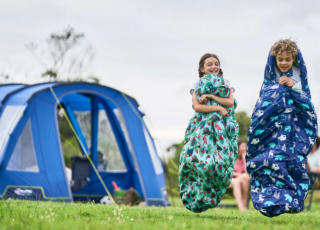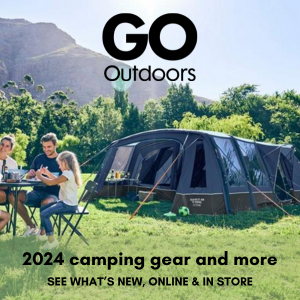CAMPING | 5 Tips For Camping With Children
I’m going to start this topic with a set of assumptions. I’m going to assume that you’re going camping with children, or planning to do so. I’m going to assume that you’re an adult-in-charge of said children.
I’m going to cover some basics in this set of tips: they’re aimed mostly at anyone who hasn’t been camping at all before, or hasn’t taken children before.
I’m also going to keep these tips pretty short and sweet and will expand on some of them in greater detail in later posts.
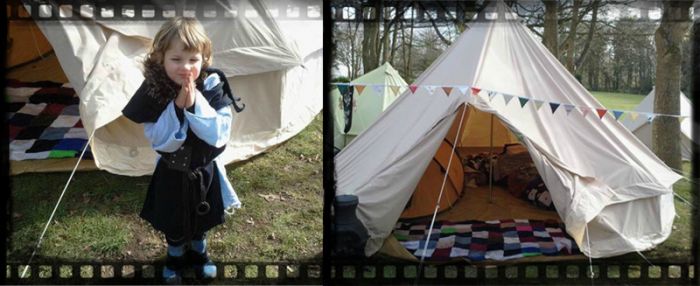
1. Be realistic
This might sound obvious, but check the site allows children. Not all of them do, so make sure you’ve had a quick look at the fine print before booking.
If you have one or more kids in disposable nappies, check if you’re allowed to dispose of them on site. Get a nappy wrapper if you can: it will pack the offending items up tight and sealed.
If you’re using reusable (washable) nappies and the site has laundry facilities, make sure to ask if you’re allowed to wash nappies. My best suggestion is actually to switch to disposables for the trip.
Are you toilet training a child? Take a portable camp loo with you if so!
Consider how you’re going to move around on site. Do you normally have a buggy or pushchair? Have you got a three year old with legs that can’t manage the distance you plan to hike? Think about switching to carrying your little ones instead. I habitually carried our daughter in an Ergo Baby carrier, from tiny baby right up until she outgrew the weight recommendation. Mine was the organic cranberry variant but I wish I could have had this lovely green ‘River Rock’ colour – it just needs an insert for newborns. The organic variants cost a little more than the non, but hold their value for the second hand market if you treat them kindly.
2. Keep the kids warm and dry
This may sound fairly basic advice but as a parent when I dress my child for the outdoors, I often dress with the notion that we will only be outside for a limited time. That is, that in the not too distant future we will be coming back indoors (with the implied warmth and comfort that entails).
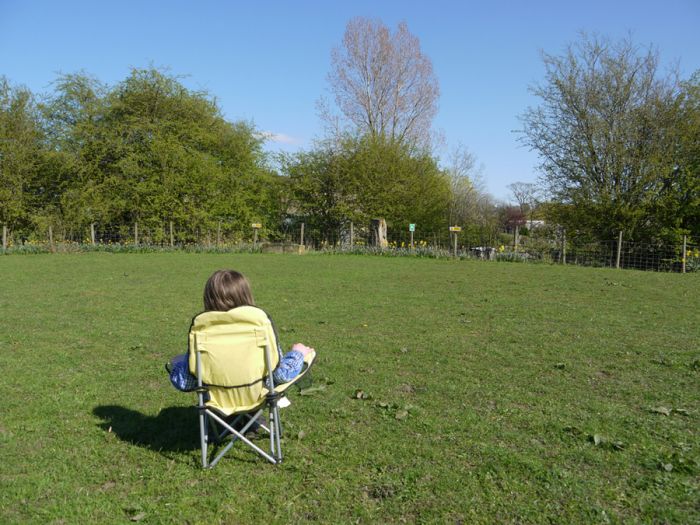
When you are camping, there is no indoors. Tents do not provide the insulation and heating components that houses have. Tents are sheltered from the ground and sky, but not the temperature, unless you’re in a heated yurt.
Dress the kids in layers. Don’t forget their legs, hands, heads and feet. If it’s brisk enough for adults to be in a coat, the kids need to be too. They’ll shed a few layers when they’re running because they overheat, but keep them warm otherwise. Have waterproofs handy – including trousers. We were very fond of Muddy Puddles bib and braces: it ran large and lasted us years!
At night, follow all of the steps in Shell’s really great post about how to keep warm when camping. Do not use any child’s sleeping bag that has a shiny slippery lining. I once had to deal with a four year old shuddering with cold at midnight because the slippery lining made it, well, slippery. I now use an adult sleeping bag with cotton or other non-slip lining and a thin thermal blanket inside it. If my child gets too hot, the blanket can be kicked down inside. If you have a smaller toddler, tuck the excess end underneath to act as extra padding instead.
3. Keep the kids happy
Don’t assume that all kids will see a grass field and run off and immediately be self-entertaining for three days. If you’re lucky the novelty will last ten minutes. More if there are other kids to play with.

Take a wide variety of things to occupy them. A selection of favourite toys, books, colouring. If you take powered devices make sure you have enough batteries or means to recharge them. Remember that even if they love the outdoors they will need something to do if it rains or in the late evenings.
4. Keep the kids safe and under control
Don’t let the kids run off and explore the site by themselves if they are small to medium-sized. Don’t assume it’s entirely safe, even if it’s a child-friendly site. We once rocked up to an event to which small children were heartily encouraged, put the tents up, walked the site and found a hidden deep ditch full of water concealed under some inviting looking trees.
Walk the site with small to medium-sized kids as soon as you can. Let them know clearly which areas are in and out of bounds to them. Mark your tent with bunting, flags or coloured lights that lets them know it’s yours.
Agree another place they can go if lost: at events a first aid tent is usually quite prominent. If the kids aren’t old enough to understand these things, they aren’t old enough to be out of your (or another adult-in-charge’s) sight.
Take a folding playpen for tiny and small kids and for peace of mind, get an identity band for small to medium kids.
We purchased this exact identity band four years ago. At £14 it may seem a bit steep however it’s a great investment. The child’s details are written on a removable slip of plastic inside and under the Velcro fastening, so it’s private until needed and can easily update for different events. It fits well around an ankle as well as a wrist.

If you don’t have inner rooms in your family tent, get a 1 or 2 person pop up tent and put it up inside the big tent. This will give your small ones personal space, privacy and an extra layer of security in the preventing-wandering-off stakes.
Put bells on the zips of your tent so you can easily hear little ones coming and going and put glowsticks or solar lights by the tent ropes so they aren’t as easily tripped over.
Keep your kids under control. Just because you’re on holiday too doesn’t mean you can allow your kids to cause mayhem for everyone else on site. If your kids aren’t normally polite and well behaved, now is a great time for them to learn respect – particularly for other campers.
Consider relaxing some rules of parenting: genuinely reasonable policies at home may not work well if you have children disconcerted by a strange environment and the noise of a bird right outside the tent.
5. Remember to enjoy your own trip too
Try not to set a very hectic pace for the trip – you need extra chill time when you’re also being adults in charge of children.
Know and accept the sacrifices you’ll have to make in advance and plan to deal with them in a fair way. Take turns at night calls for milk, wet sleeping bags and lost toys. Understand someone has to keep an ear on them in the late evening and plan to have a comfy chair and good conversation companion.
Remember it’s all about you too, so relax and have fun!
What are your top tips for taking children camping? What do you take with you? Perhaps you ban electrical devices on camping trips? We’d love to hear from you, leave a comment below!
Where to next?
- Cool Reusable Kids Water Bottles, Designed By Parents In The Peak District
- The Perfect Family Holiday at Sunêlia Domaine de la Dragonnière Campsite in the South of France
- 5 Things You Always Wanted To Know About Travelling with Kids Full Time
- Here’s What You Should Pack For A Glamping Trip – Your Complete Glamping Packing List
- GEAR | Weird Fish Lulu Waterproof Jacket – Review - April 2, 2019
- GEAR | Osprey Sylva 5 Women’s Multi-Sport Pack – Review - January 17, 2019
- GEAR | New LifeStraw Go With 2-Stage Filtration Review - October 17, 2016

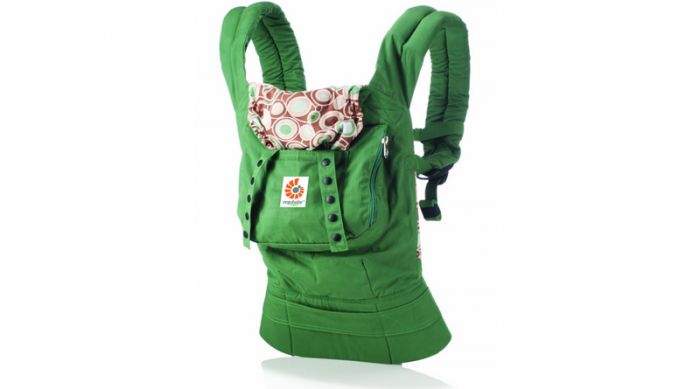
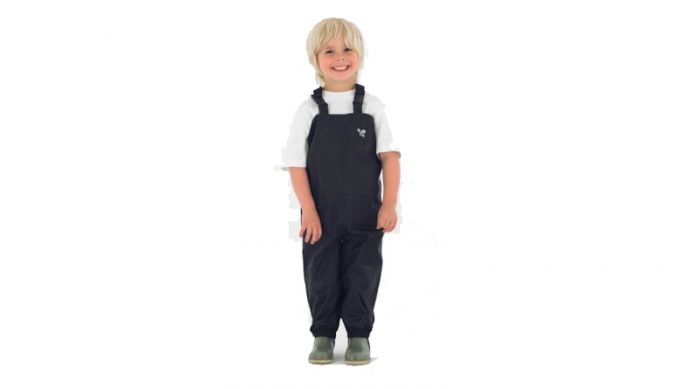
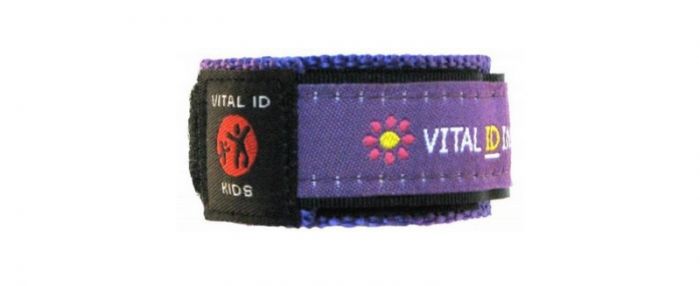








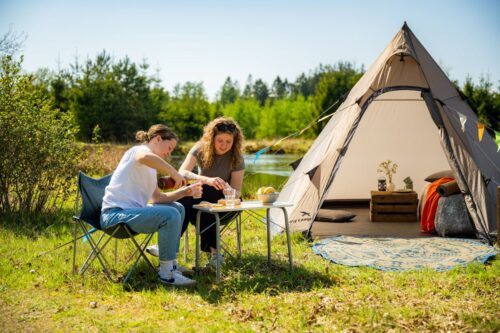
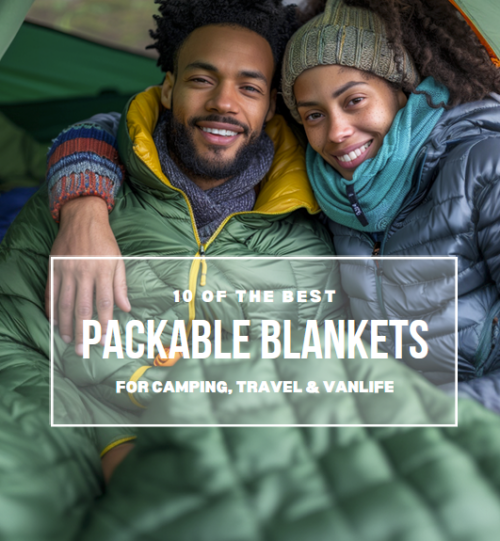
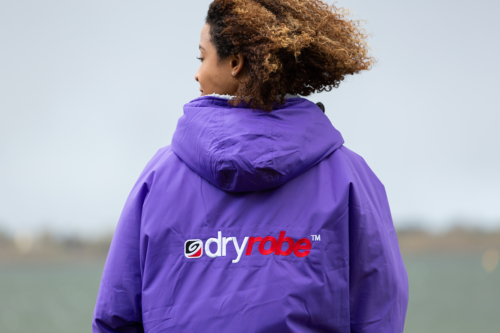
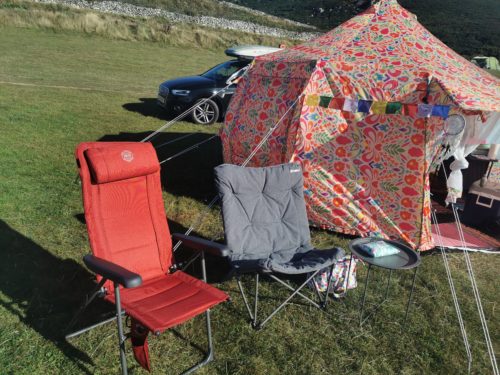


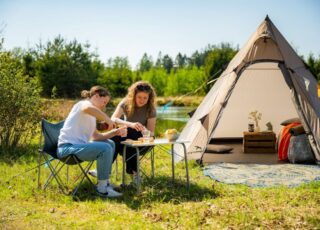
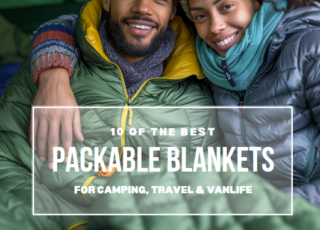
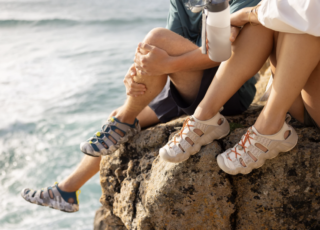
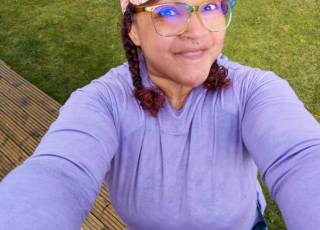
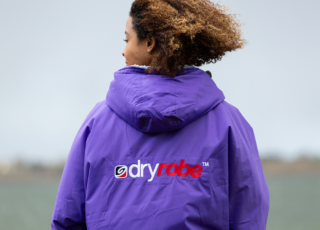
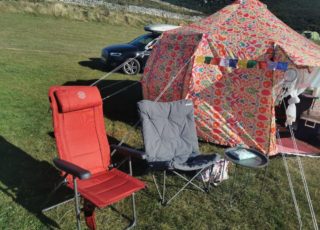
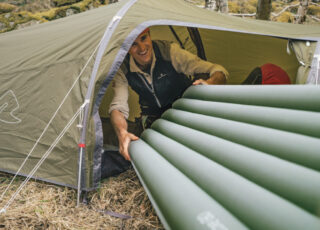
![CAMPING | Here’s How To Stay Warm In Your Tent – Warm Camping Tips [Updated 2024]](https://www.campingwithstyle.co.uk/wp-content/uploads/2024/02/shell0816_photorealistic_realistic_photo_of_the_inside_of_a_c_dd26c3c4-c779-4081-85b0-72e66a81b03b_1-320x230.png)
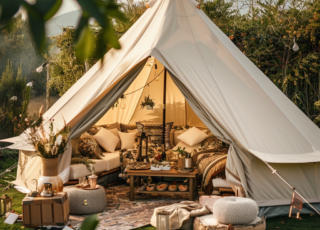
![GEAR | The Best Warm Sleeping Bags For Spring Camping Trips [Updated March 2024]](https://www.campingwithstyle.co.uk/wp-content/uploads/2024/02/10-best-warm-sleeping-bags-2024-320x230.png)
